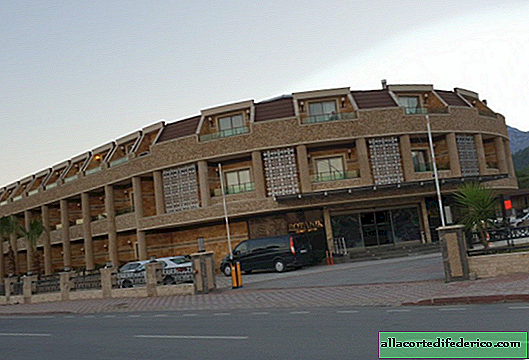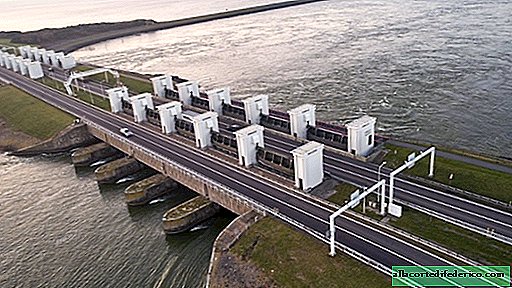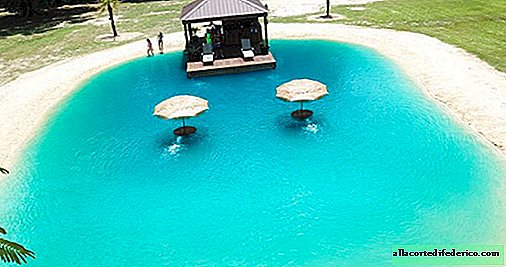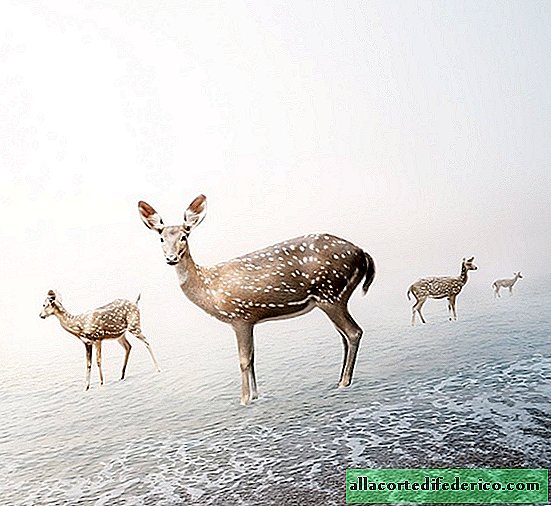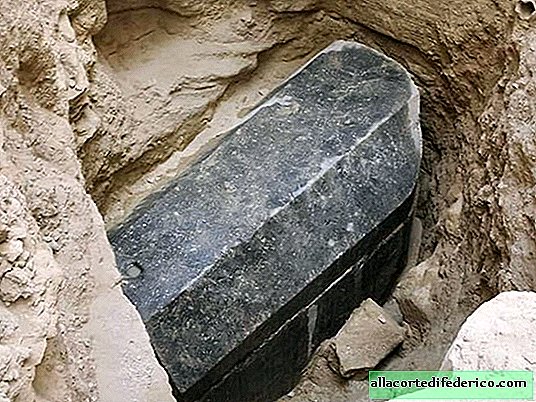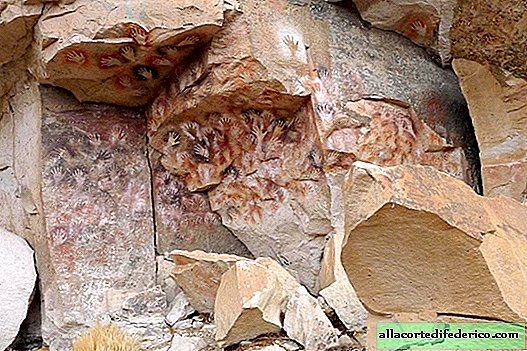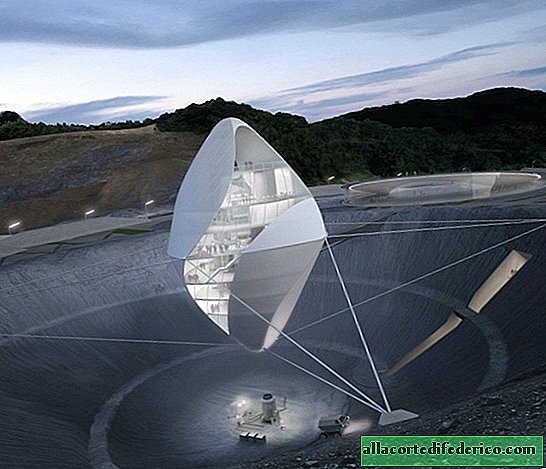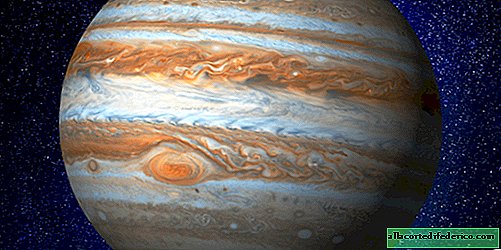Two in one: astronomers have discovered an asteroid comet
Astronomers using the Hubble telescope discovered an amazing cosmic body called 228P. This is a comet and an asteroid at the same time. An interesting object is located in the "densely populated" place of the solar system - in the asteroid belt between the orbits of Jupiter and Mars. Initially, scientists took the new object for another comet, since it had a bright glow and a characteristic “tail”. As you know, when approaching the Sun, all comets form a cloud, which consists of gases and dust and is directed in the opposite direction to the movement.
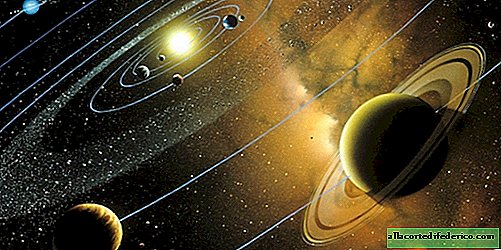
But a more detailed study turned out to be not a comet at all, but two asteroids located in close proximity to each other, at a distance of about 100 km. Having almost the same mass and size, these space "partners" formed the so-called paired asteroid. They rotate relative to the common center of mass and at the same time move in outer space, leaving behind a gas loop. Astronomers have observed paired asteroids before, but the "tailed" paired asteroid came into view of the Hubble for the first time. According to astrophysicists, in this binary system processes of sublimation of water ice occur under the influence of sunlight. By sublimation is meant the process of transition of a substance from a solid state to a gaseous state without a liquid phase. The result of this process is a beautiful translucent comet tail. The ice that was on the surface of various asteroids, as a rule, evaporates under the influence of cosmic rays, so we do not observe it. But in the case of the double asteroid 228P, the appearance of the comet tail by astronomers is explained as follows. Not so long ago, about 5000 years ago, it was one asteroid that split into two almost equal parts. And the ice that remained under the surface of this cosmic body began to go outside and evaporate, forming a cluster of gases characteristic of comets.

What is the difference between comets and asteroids? In fact, these are pretty close concepts. Comets, in comparison with asteroids, as a rule, have more elongated orbits. Well, the main difference is just the presence of a cloud of gas and dust. When the ice on the surface of the comet ends, it passes into the category of asteroids. That is, we can assume that all comets sooner or later become asteroids.
In the case of the double asteroid 228 P, the opposite process occurred: the asteroid acquired the signs of a comet.

